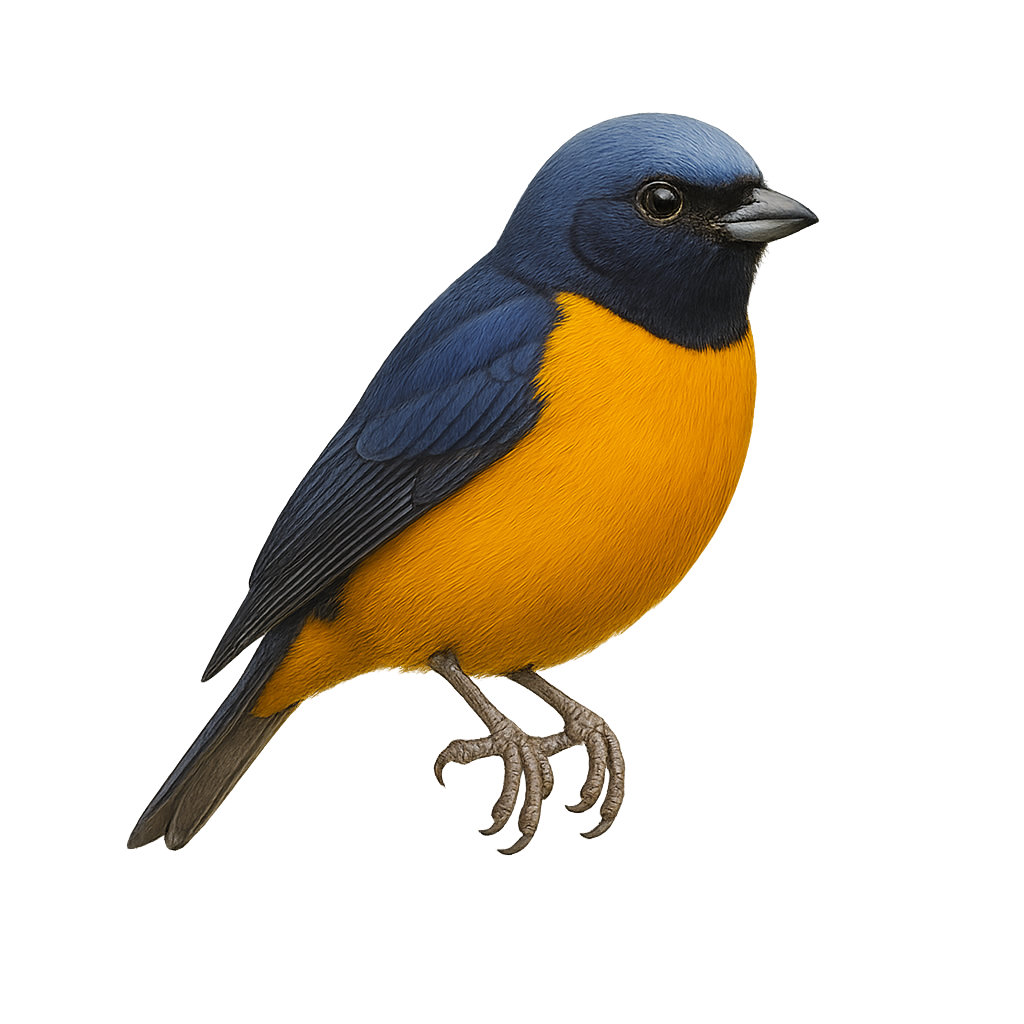Your wildlife photography guide.
Explore the elegant euphonia in detail, study its behavior, prepare your shots.
Where to observe and photograph the elegant euphonia in the wild
Learn where and when to spot the elegant euphonia in the wild, how to identify the species based on distinctive features, and what natural environments it inhabits. The WildlifePhotographer app offers tailored photography tips that reflect the elegant euphonia’s behavior, helping you capture better wildlife images. Explore the full species profile for key information including description, habitat, active periods, and approach techniques.
Elegant Euphonia
Scientific name: Chlorophonia elegantissima

IUCN Status: Least Concern
Family: FRINGILLIDAE
Group: Birds
Sensitivity to human approach: Tolerant
Minimum approach distance: 5 m
Courtship display: March to June
Incubation: 13-15 jours
Hatchings: March to July
Habitat:
tropical forests, subtropical forests, dense woodlands
Activity period :
Primarily active during the day, with peak activity in the morning and late afternoon.
Identification and description:
The Elegant Euphonia, or Chlorophonia elegantissima, is a small, colorful bird from the Fringillidae family, primarily found in the tropical and subtropical forests of Central America. It is easily recognizable by its vibrant plumage, featuring a bright blue head, yellow belly, and olive-green back. Both males and females have similar colors, although females are slightly duller. These birds are often seen in pairs or small groups, feeding mainly on fruits and berries. Their melodious and varied song is a distinctive feature of their behavior, often used to mark their territory or attract a mate. Although they are relatively tolerant of human presence, they prefer dense wooded areas where they can hide among the foliage.
Recommended lens:
400 mm – adjust based on distance, desired framing (portrait or habitat), and approach conditions.
Photography tips:
To photograph the Elegant Euphonia, it is advisable to use a telephoto lens of at least 400mm to capture the details of its colorful plumage without disturbing it. Look for areas where these birds feed on fruits, as they are often more active and visible. Morning or afternoon light is ideal for well-lit images. Be patient and discreet, as even though they are tolerant, a sudden movement can scare them away.
The WildlifePhotographer App is coming soon!
Be the first to explore the best nature spots, track rutting seasons, log your observations, and observe more wildlife.
Already 1 431 wildlife lovers subscribed worldwide

